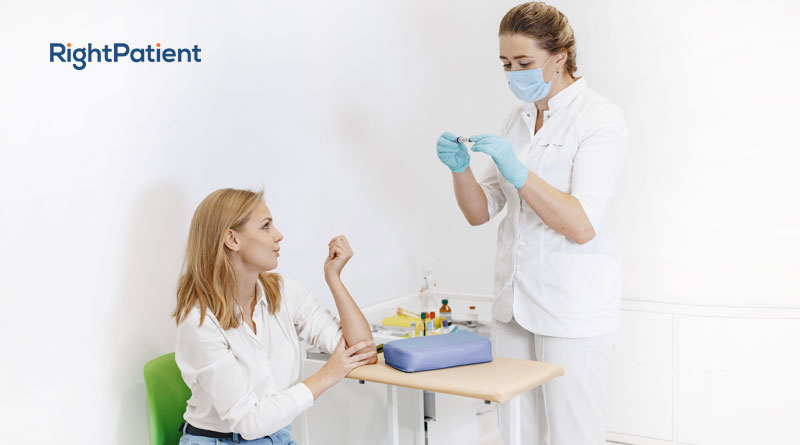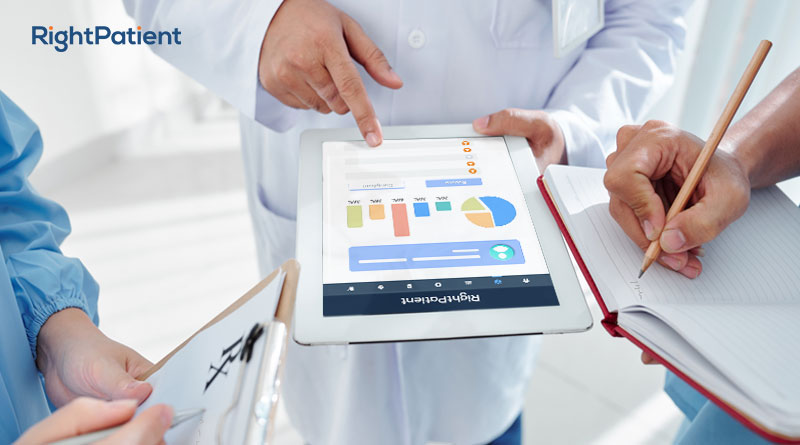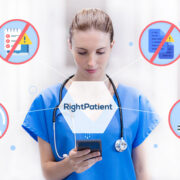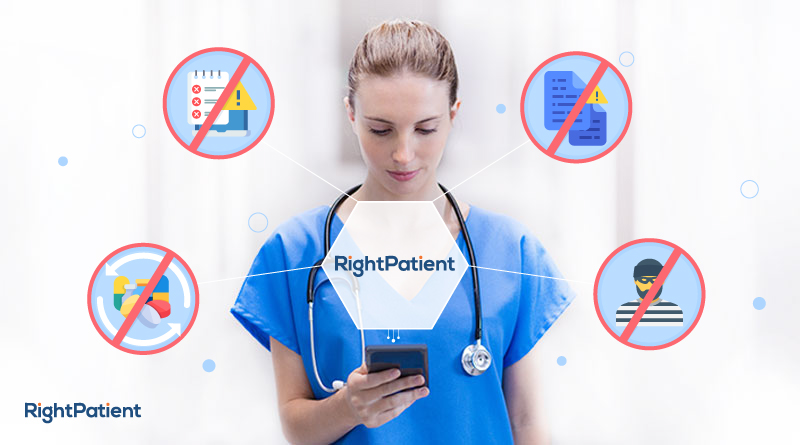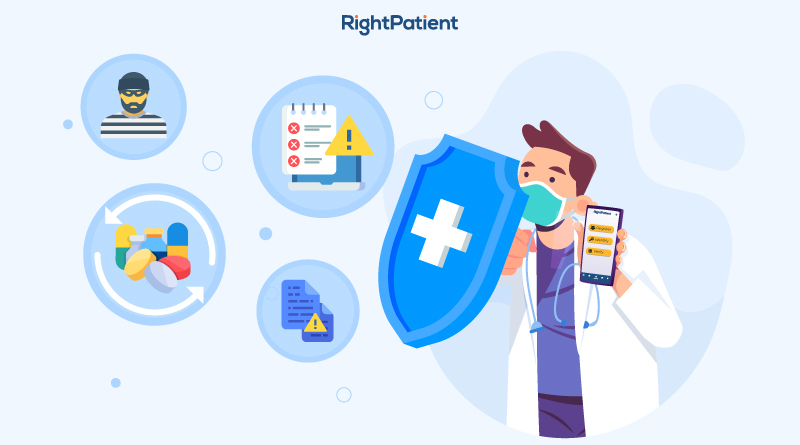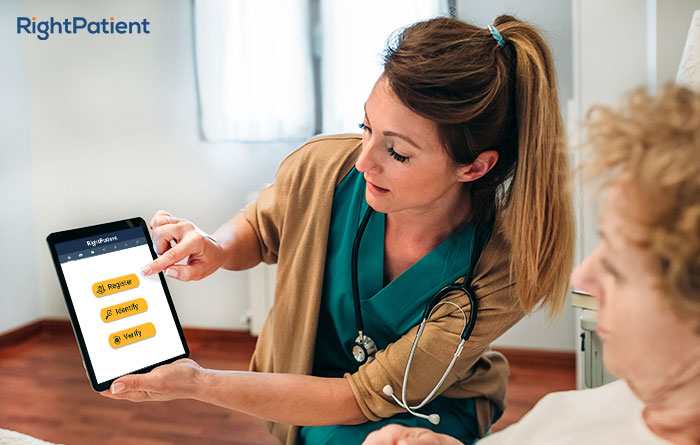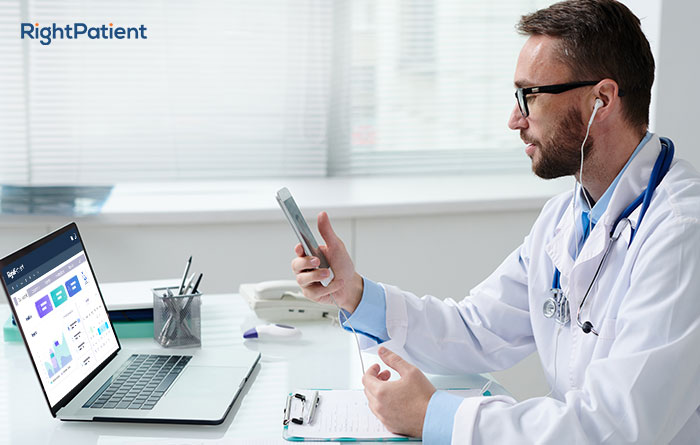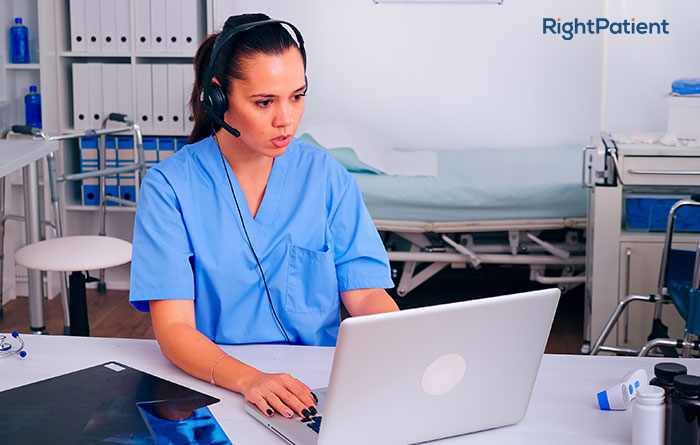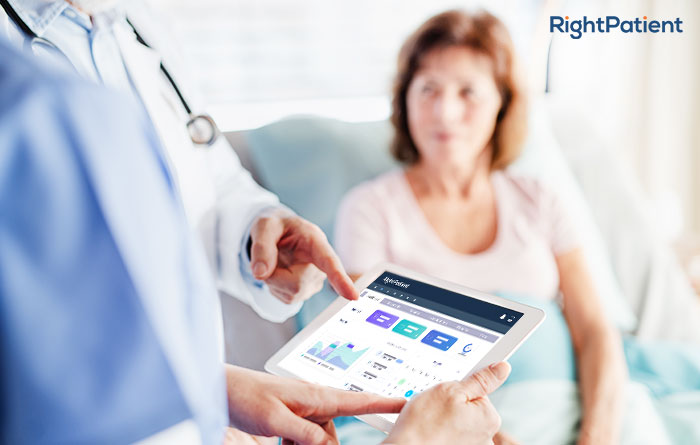Duplicate Subjects in Clinical Trials Are an Overlooked Pain Point – But They Can Be Stopped

We’ve been talking about duplicate subjects in clinical trials for quite some time now. That’s because they continue to exist in significant numbers, and, contrary to popular belief, these individuals DO hamper clinical trials in one way or another. While the impact on different clinical trials varies due to their involvement, the worst-case scenario is that the affected trial shuts down due to skewed research outcomes. As a result, promising medicine, medical procedure(s), or device(s) don’t see the light of day due to these fraudsters. That being said, let’s take a look at more real-life cases of professional patients and how a robust patient identity management platform can prevent their participation in clinical trials.

Prevent professional patients in clinical trials with RightPatient.
A few more cases of duplicate subjects in clinical trials
While we’ve seen a few cases where professional patients participated in clinical trials for the money or the free treatment involved, let’s take a look at a different case that shows why it is difficult to detect these fraudulent participants during enrollment – the case of patient Z.
Exaggerated, self-reported conditions lead to duplicate subjects in clinical trials
Those who are familiar with clinical trials know that potential study subjects or patients are vetted thoroughly before enrollment. For those who don’t know, in a nutshell, background checks are conducted, their physical conditions are screened to identify whether they are ideal for the trial via various medical tests, and interviews are conducted to identify any unwanted traits.
While these tests usually do identify any anomalies, they cannot identify conditions such as depression, anxiety, and even chronic pain, among other relevant diseases. Unfortunately, there are no objective medical tests (as of yet) that can determine whether a patient has any of the aforementioned conditions or not, only self-report screening instruments. As a result, exaggeration by professional patients regarding their condition(s) can get them enrolled in clinical trials, and that’s exactly the story of patient Z.
According to Dr. Thomas Shiovitz, he saw the peculiar case of a duplicate subject who actually went to seven sites within 12 months! Dr. Shiovitz states that he detected the patient in seven trials – however, the patient may have gone to more sites without being detected. Unfortunately, some of these studies were being conducted simultaneously, thus, the patient adversely affected most of their results.
When finally caught regarding his nefarious activities, the patient simply exclaimed “You caught me!”

RightPatient prevents duplicate test subjects in clinical trials.
Some cases might be caught if the PIs remain vigilant
According to Eric Devine, Ph.D., he had somewhat of a similar experience. While conducting clinical trials or when talking to the patients, he witnessed a number of them who kept lying about one thing or another related to their medical conditions or identities. How did Dr. Devine detect the lies? It’s quite simple – he glanced at their medical records. There were even cases where he would recall a professional patient who came in with a different identity earlier – they were just desperate to participate in the trial. And this was not an isolated incident, Dr. Devine witnessed that many people utilized the same tactics to get into one of the clinical trials. This is exactly why we keep saying that duplicate subjects in clinical trials still exist, and in considerable numbers.
Therefore, after finding these fraudulent individuals, Dr. Devine tried to ensure that no more duplicate subjects were involved in his trials as they not only invite danger for themselves but also threaten the integrity of the trials.
Thankfully, RightPatient can remove the burden of detecting professional patients in clinical trials manually for Dr. Devine and for anyone who wants to ensure the efficacy of their clinical trials.
RightPatient prevents duplicate subjects in clinical trials
RightPatient has been helping leading U.S. healthcare providers prevent scammers from assuming their patients’ identities. It is a touchless biometric patient identification platform that prevents medical identity theft within healthcare facilities and at any touchpoint across the care continuum.
RightPatient identifies patients using their photos, and during enrollment, attaches them to their medical records. For subsequent visits, patients only need to look at the camera – RightPatient locates the accurate medical record after searching for a match.
Since it’s already tried and tested to prevent fraudulent individuals, it can do the same for clinical trials as well and prevent professional patients in clinical trials – saving them millions, ensuring the efficacy of the studies, and ensuring the safety of the subjects involved.
Contact us now to learn how we can help you improve the integrity of your clinical trials.






